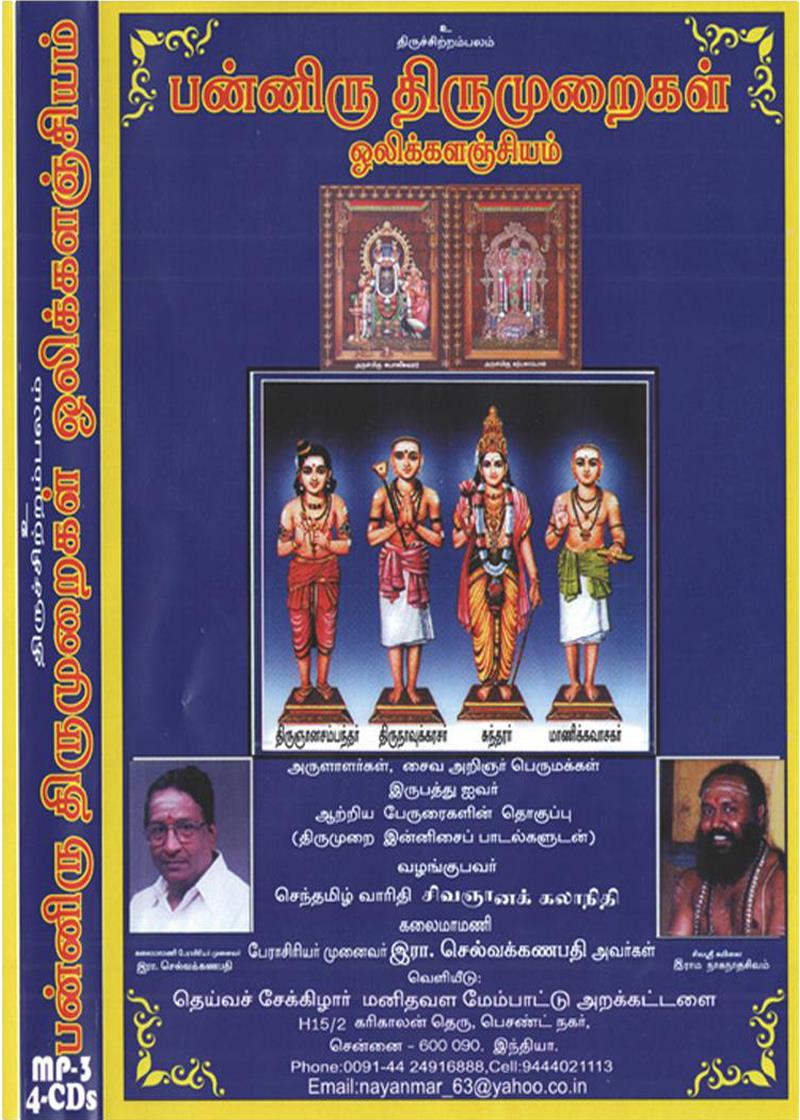
We know the earliest version of Sanskrit Mahabharata, written using Sharada script, reached Kerala via Brahmins who wore their top knots in front (purva-shikha). Veda carrying Brahmins had come to the South in waves. These clearly overshadowed local Vedic Brahmins leading to much rivalry. They reveal the popularity of Jainism and Buddhism in the region that today are Tamil Nadu, Andhra Pradesh, Kerala and Karnataka. They reveal a familiarity with Vedic rituals as well as with Buddhism and Jainism, indicating that northern ideas have moved south 2,000 years ago.Ībout 1,500 years ago, Tamil poets were composing great epics such as Silappadikaram and Manimekalai. Many years after they were written, this body of literature came to be known as Sangam (assembly) songs. Over 2,000 years ago, roughly when Ramayana and Mahabharata and even Dharmasutras were being composed in North India, Tamil lands saw the composition of poems about love and longing (the inner or akam poetry) and about war (the outer or puram poetry). Other languages that branched out from it were Telugu, Kannada, Tulu and Malayalam. Here was spoken a proto-Dravidian language, of which Tamil is the most prominent. Archaeologists have found Tamil Brahmi script, and even cities, dated to this period in Tamil Nadu, and ports where we find Roman gold coins indicating a very thriving sea trade. The first epigraphic evidence of civilisations in the Indian subcontinent comes from the Ashokan edicts, 2,300 years ago, and Kharavela inscriptions, 2,100 years ago, that refer for the first time southern kingdoms of Cholas, Pandyas and Cheras. Some theorise that these are the rishis that Rama encountered as he moved South towards Godavari they told him about vanaras (monkey tribes) of Kishkinda which is modern Deccan plateau and rakshasas (demon tribes) who lived further South. These hermits travelled South along with Vedic Brahmins. By around 2,500 years ago, the hermit (shramana) traditions such as Buddhism and Jainism challenged the ritualism of the householder traditions, and preferred Prakrit over Sanskrit.


They were organised in the Rig Veda and attached to rituals in Yajur Veda and to melodies in the Sama Veda in the Gangetic plains about 3,000 years ago. Vedic hymns were composed in the Indus plains about 4,000 years ago. Depending on who you ask, you will find one of three books identified as the Tamil Veda, locally known as Dravida Veda or Tamil Marai:ġ) Thirukkural, a secular book of 1,330 ethical sayings, by Valluvar, which is over 2,000 years old and of probable Jain origin.Ģ) Thevaram, a Shaiva book of nearly 800 devotional songs, by Nayanars, which is also over 1,000 years old, that are sung in Shaiva shrines of South India, and given preference over Sanskrit Vedic hymns.ģ) Divya Prabandham, a Vaishnava book of 4,000 devotional songs, by Alvars, which is over 1000 years old, that are sung in Vaishanva shrines of South India, and given preference over Sanskrit Vedic hymns.


 0 kommentar(er)
0 kommentar(er)
